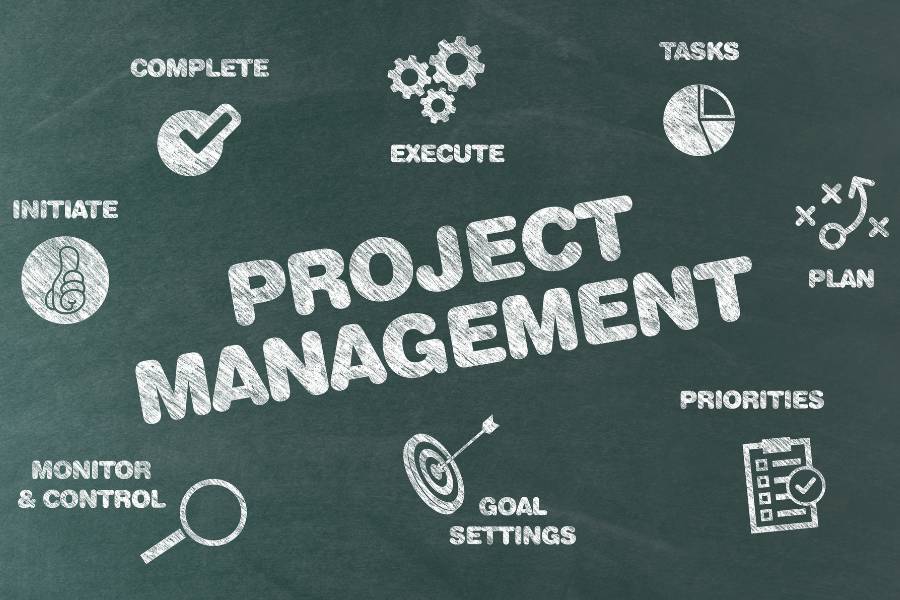Understanding Prosci change management – LogRocket Blog

As a product manager, the task of managing organizational change often falls on your shoulders. Changes can emerge from shifts in market demands or economic conditions, but regardless of how they arrive you need to be equipped with the resources you need to seamlessly implement them within your product team.
To this end, you can leverage change management frameworks to remove some of the guesswork. Prosci change management introduces a structured and adaptable way to manage change by focusing on people and using tools that help you prepare, manage, and reinforce agreed upon principles. By utilizing Prosci, you can guide your team through transitions more efficiently and ensure sustainable change initiatives.
Keep reading to learn more about what Prosci change management is, its key principles, and how you can integrate it with existing PM frameworks.
What is change management?
Change management is the process of guiding organizational change from start to finish, including planning, implementing, and solidifying changes within an organization.
As a PM, change management helps encourage the easy integration of new technologies that power product development and innovation. Change management also aids in aligning stakeholders with your product vision and promotes collaboration. By doing so, you can avoid gaps in communication and clearly articulate what you expect your end results to look like.
What is Prosci change management?
Prosci is a well-known change management leader, renowned for its research-driven approach to assisting organizations in managing and implementing effective change. For more than 25 years, Prosci has undertaken extensive research to understand how people experience and respond to change, as well as to ensure that each individual accepts and adopts the change.
The Prosci technique consists of three major components: the ADKAR model, the Prosci Change Triangle (PCT) model, and the Prosci three-phase process. The ADKAR model is central to the Prosci methodology, and it highlights five fundamental building blocks for successful change: awareness, desire, knowledge, ability, and reinforcement.
To get started, you participate in a Prosci training session, which normally lasts three days and covers the principles of the Prosci technique, including the ADKAR model. During the program, you complete hands-on exercises and case studies to apply what you’ve learned. When you complete the workshop, you obtain certification demonstrating your understanding of Prosci’s change management concepts and methods. This qualification improves your ability to lead and manage change effectively in your organization:
The ADKAR model
The ADKAR model is the foundation of Prosci change management. It is a powerful model founded on the belief that organizational change can only occur when individuals change. The ADKAR model outlines five key elements for successful change:
Awareness
Awareness serves as the first element of the ADKAR model. It involves ensuring that people realize the need for change and comprehend the risks of not changing. This creates a baseline of understanding and helps you gain initial support from project stakeholders.
Desire
Desire involves developing a personal commitment and willingness to engage in and support the change. This step focuses on addressing stakeholders’ concerns and assisting them in understanding the benefits and personal importance of the change.
Knowledge
In the knowledge stage, you assist individuals in understanding the process and tools for change by providing them with the essential information and training to obtain the skills and knowledge required to deliver change.
Ability
Ability includes engaging and facilitating individuals to build the skills needed to implement change through practical training, supervision, and support. This element allows individuals to put their knowledge into practice and gain the skills and habits required for successful change.
Reinforcement
Reinforcement ensures that changes are maintained and sustained over time through continuous support. To establish new conduct and processes, various methods can be used, including the implementation of rewards, feedback loops, and corrective actions.
Benefits of the Prosci change management certification
To receive the full benefit of the method, Prosci offers certification programs that equip you with the knowledge and skills to manage change effectively. The benefits of Prosci certification include:
An organized approach
By completing a Prosci certification, you gain a clear, defined methodology and procedure for change management. This organized approach guarantees that change initiatives are well planned, conducted, and monitored, hence improving consistency and effectiveness. It also provides an organized style of thinking and helps you better grasp the mechanics of change.
Skills and credentials
Prosci teaches you necessary change management skills through extensive training and best practices. This certification boosts professional credibility by building confidence and demonstrating expertise in efficiently managing changes in an organization.
Universal tools
Throughout the process, Prosci provides tools, templates, techniques, best practices, language, and frameworks that can be used to improve projects. You can use these techniques to effectively manage change, in turn offering seamless and successful implementation across multiple contexts.
Desired outcomes
The certification covers the knowledge and resources you need to effectively manage change, increasing the likelihood of achieving organizational goals. This improves performance and provides long-term benefits to your organization.
How to integrate Prosci with existing PM frameworks
Integrating Prosci change management into existing product management frameworks involves coordinating change management activities with product development processes. This can be accomplished through:
- Integrating change management planning throughout the project lifetime
- Involving change management practitioners in product development teams
- Using the ADKAR model to guide stakeholder communication and training initiatives
- Monitoring and enforcing changes during the product development and launch process
Integrating Prosci’s methodology into project management frameworks ensures that both the technical and human sides of change in an organization are considered, resulting in more effective product results.
Final thoughts
Prosci change management provides a comprehensive, research-based approach to managing the human aspects of organizational change. In product management, where continuous change is important, Prosci’s methodology provides the tools and frameworks required to successfully navigate transitions. You can achieve easier transitions and long-term improvements by implementing the ADKAR model and combining change management with existing project management frameworks.
Featured image source: IconScout
LogRocket generates product insights that lead to meaningful action
LogRocket identifies friction points in the user experience so you can make informed decisions about product and design changes that must happen to hit your goals.
With LogRocket, you can understand the scope of the issues affecting your product and prioritize the changes that need to be made. LogRocket simplifies workflows by allowing Engineering, Product, UX, and Design teams to work from the same data as you, eliminating any confusion about what needs to be done.
Get your teams on the same page — try LogRocket today.





